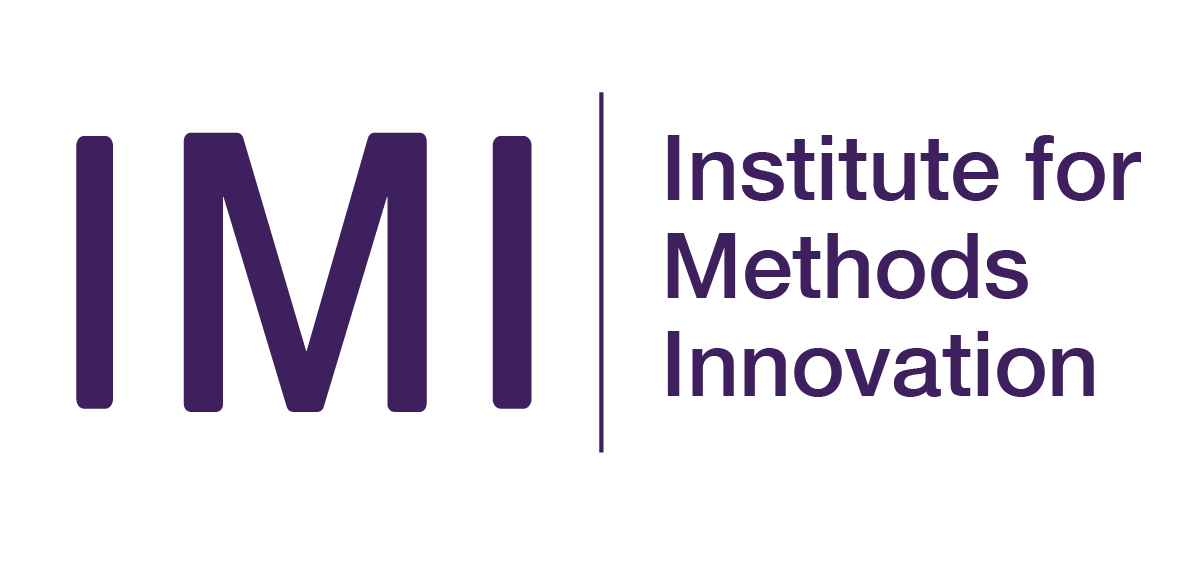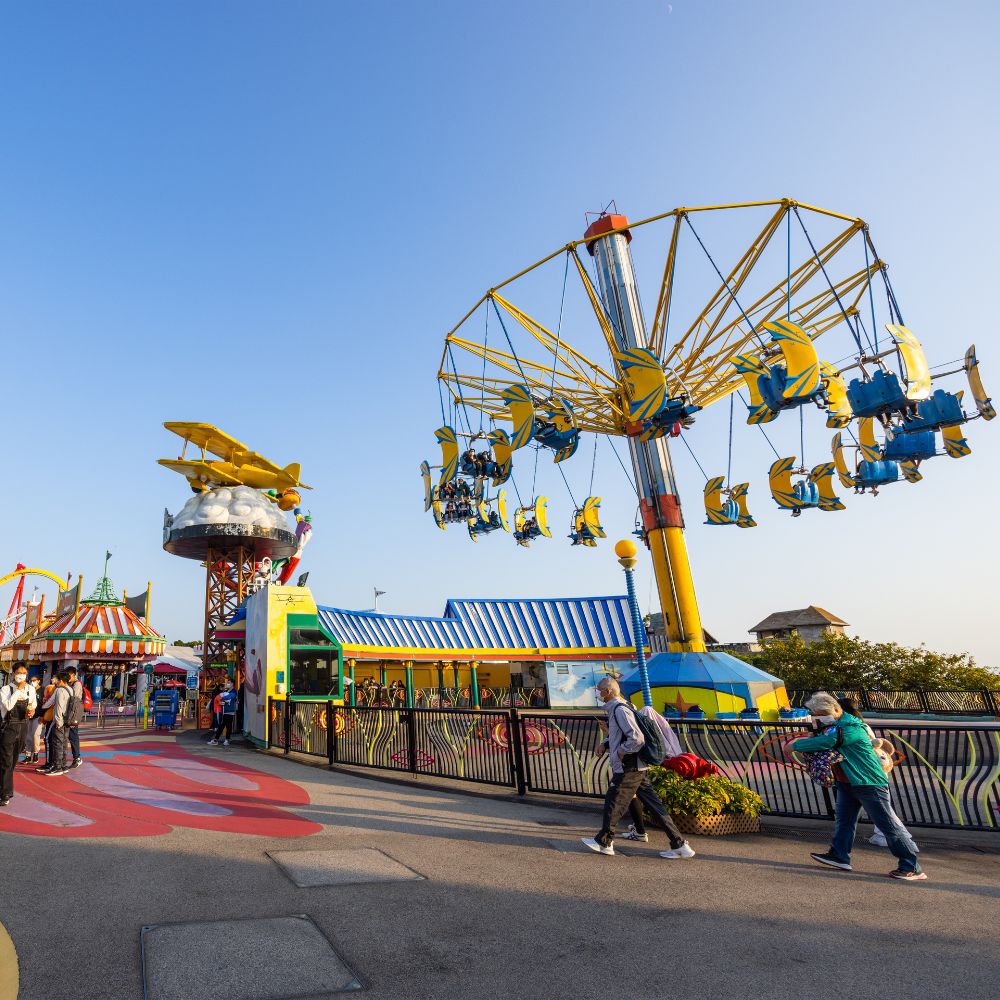Herrera-Lima, S. and Martin, D. (2018). Promised future and possible future: science communication and technology at World’s Fairs and theme parks. JCOM, 17(03). DOI: 10.22323/2.17030204
World’s Fairs and scientific-technological theme parks have been propitious places for the communication of science and technology through modernity. This work addresses the issue of the construction of public discourse about the future within these sites, as well as the changing role attributed to science and technology as mediators in the relationships between nature and society. In both fairs and parks, science and technology play a leading role in the construction of the discourse about the desirable and achievable future. The practices of science communication and technology have specific forms, strategies and objectives, depending on the purposes of the discourse enunciators at different historical moments. This is exemplified through two cases: the 1939 New York World’s Fair and the EPCOT center in the U.S.
1 Background
This paper brings together the findings of two research projects addressing the issue of the discourse on the future centered on science and technology, contextualized in exhibition spaces that share some fundamental characteristics as shown below: world’s fairs and scientific-technological theme parks. Both are considered as spaces of communication of science and technology, with specific resources and forms of representation and persuasion. In the first research project, universal exhibitions — studied over a long period of time since their appearance in 1851, particularly from the World’s Columbian Exposition of Chicago 1893 to the Expo Shanghai 2010 — are defined in methodological terms as visibility, staging and modeling dispositives, in an appropriation of Foucault’s formulations about dispositive and discourse [Foucault, 1980 ].
“Las exposiciones universales se plantean como lugares de comunicación y de representación del contexto sociocultural y de la(s) visión(es) del mundo, desde la perspectiva de un conjunto de actores dominantes en un momento histórico específico. Se han caracterizado como espacios de corte museográfico, de naturaleza efímera, que reflejan a modo de espejo multifacético el devenir mundial” [Herrera-Lima, 2016 , p. 14].
In the second research project, which concerns scientific-technological theme parks, the “dispositives” and their proposed definition are addressed through the symbolic forms that constitute them, within the framework of the global cultural industries.
2 World’s fairs and theme parks as places of science communication
The theme parks of the second half of the 20 th century are one of the legacies of the Universal Expositions of the United States ( World’s Fairs ) of the inter-war era [Rydell, Findling and Pelle, 2000 ; Schrenk, 2010 ]. The World’s Fairs of that period played a strategic role in shaping the “world of the future” which President Franklyn D. Roosevelt wanted to intentionally configure in order to have the American nation regain confidence in the face of the effects of the Great Depression and the general crisis after the first World War. The bureau which organized the Fair invited the most prominent designers of the country to create spaces in which modern America appears associated with industrial design, advertising and consumption [Rydell and Burd Schiavo, 2010 ].


